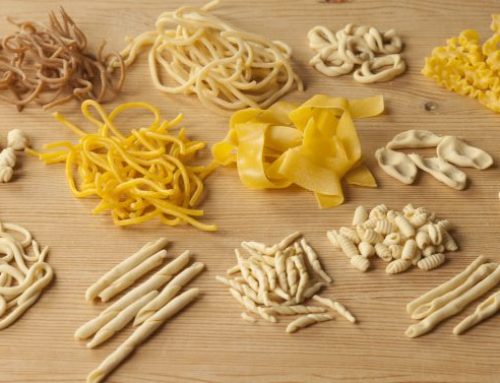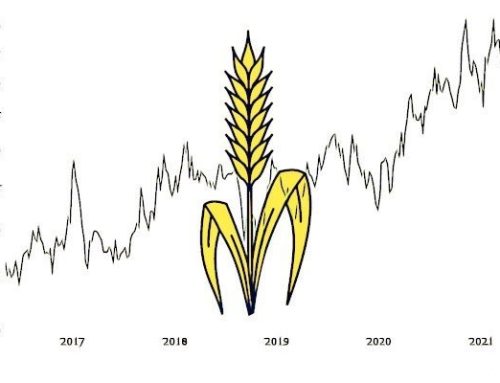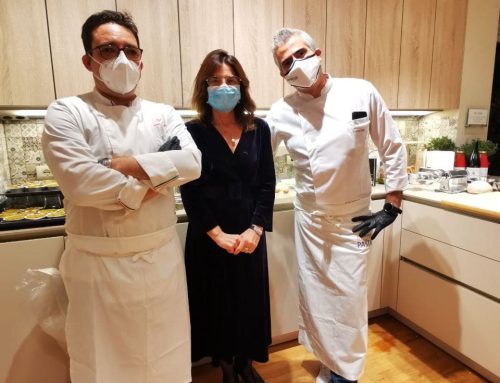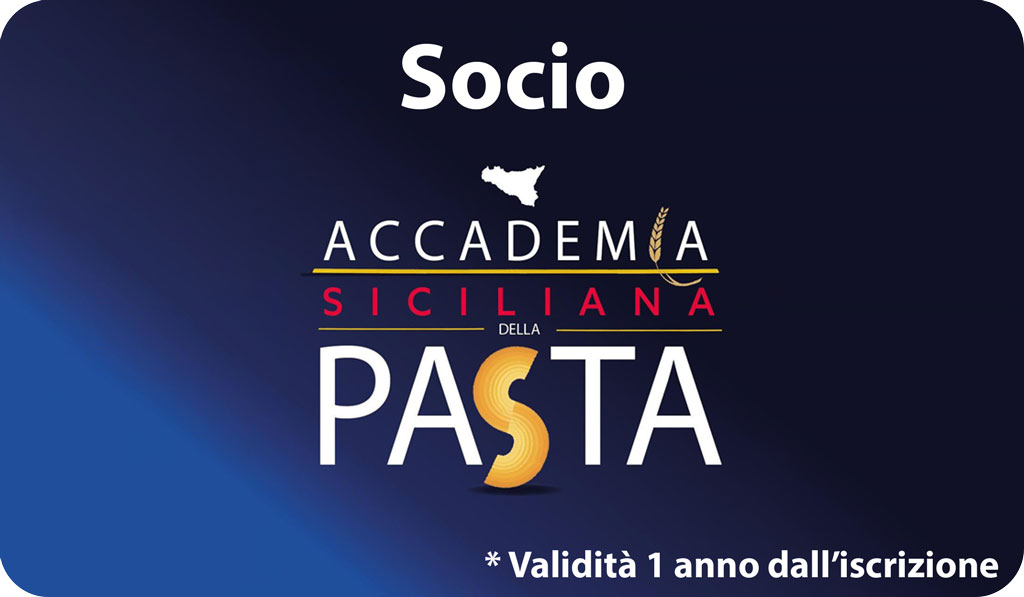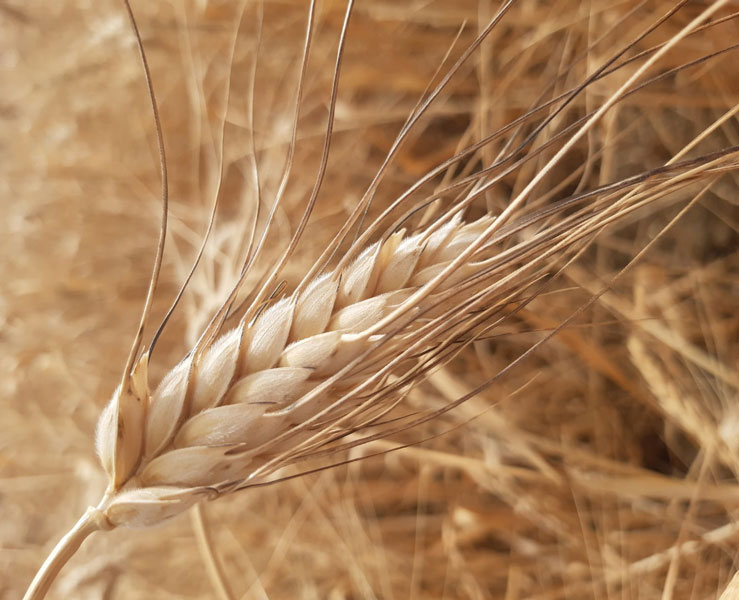
It took Report to bring out the Kamut hoax.
The saying “Nemo Prophet at home” is always true; and finally, we came to our aid, with a dedicated episode aired on Monday 09 August 2021, a Report that reveals, precisely, what Kamut is. Nothing but a trademark registered by the American company “Kamut International” based in Montana (USA). And the Americans, in terms of marketing, you know, are the best. And we are always fascinated by what comes from overseas. And instead, we have the real treasure, the famous Kamut which in Italy is called “Khorasan” wheat, better known in Sicily as “Perciasacchi”. And then, let’s go into even more details, having Dr. Giuseppe Russo, esteemed and appreciated researcher and biologist at the Gianpiero Ballatore Research Consortium:
“Perciasacchi, which is one of the “ancient Sicilian grains”, was grown on our island (and in other areas of the Mediterranean basin) decades before the Quinn family, in Montana, came into possession of a handful of seeds, recovered in Europe in 1949 by cross roads and not well documented (as can be seen from the official website). From the cultivation and multiplication of these seeds, the historic Kamut® brand was registered in the United States Department of Agriculture in 1990.
The history of Perciasacchi is, however, older. As is known, the illustrious Sicilian researcher Ugo De Cillis, already in 1941 counted Perciasacchi in his work “Sicilian wheats”, describing it as one of the wheat cultivars typically grown in Sicily.
Therefore, speaking of Perciasacchi as if it were the “Sicilian Kamut” is inappropriate and seems to diminish the value of the Sicilian cultivar, which has a more solid and more remote history than Kamut. It should be remembered that other types of wheat similar to Perciasacchi (Triticum turgidum ssp. Turanicum) were cultivated, in the same years in which De Cillis published his book, also in other regions of southern Italy and probably also in other areas of the basin of the Mediterranean. Some of these, such as Perciasacchi, are still cultivated in the same territories as local varieties for conservation (ancient grains).”
Perciasacchi durum wheat pasta, as widely demonstrated, has a potential beneficial effect on some cardiometabolic and inflammatory parameters. Its gluten content characterizes it as a product suitable for food intolerances. To all this, there is an excellent taste and excellent cooking resistance that makes it unique.
Therefore, dear readers and consumers, given the authoritative source that finally confirms what we have been saying for years, we invite you to consume our Sicilian Perciasacchi wheat, not giving in to the commercial and marketing lure that often deceive and defraud us.

